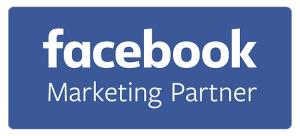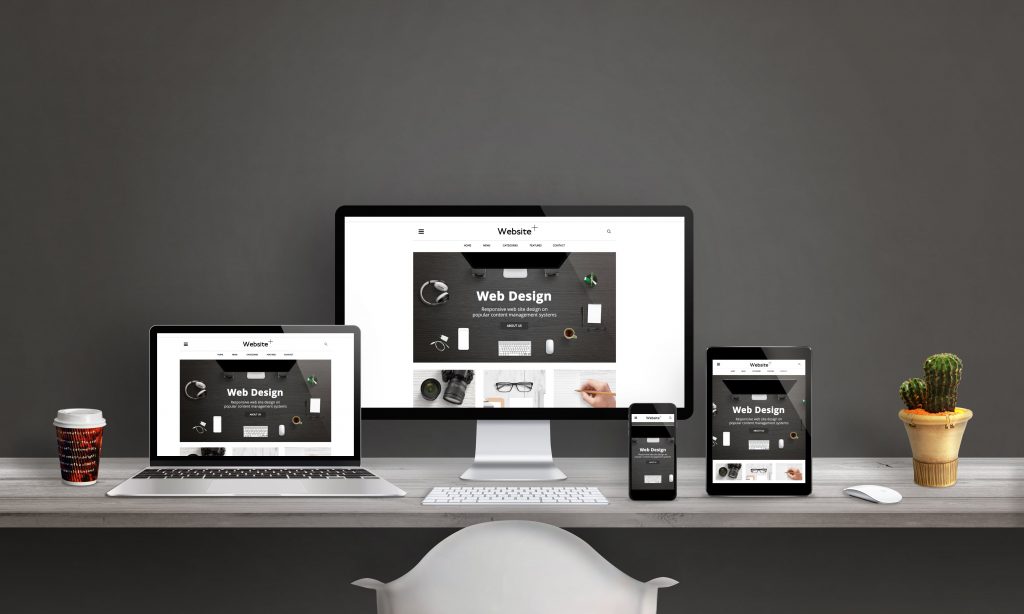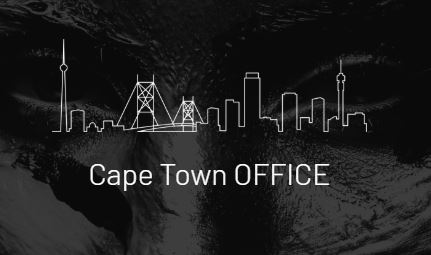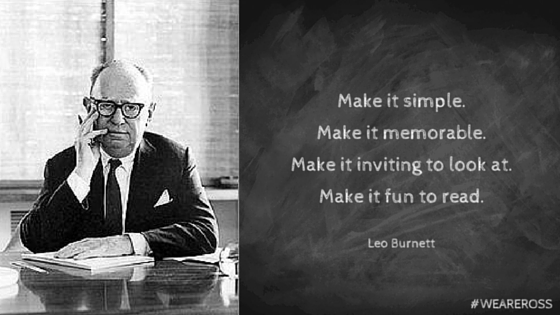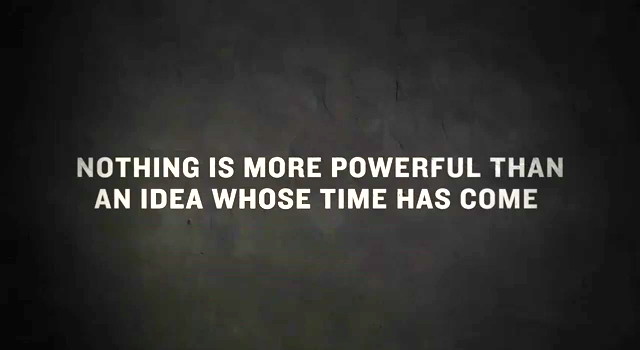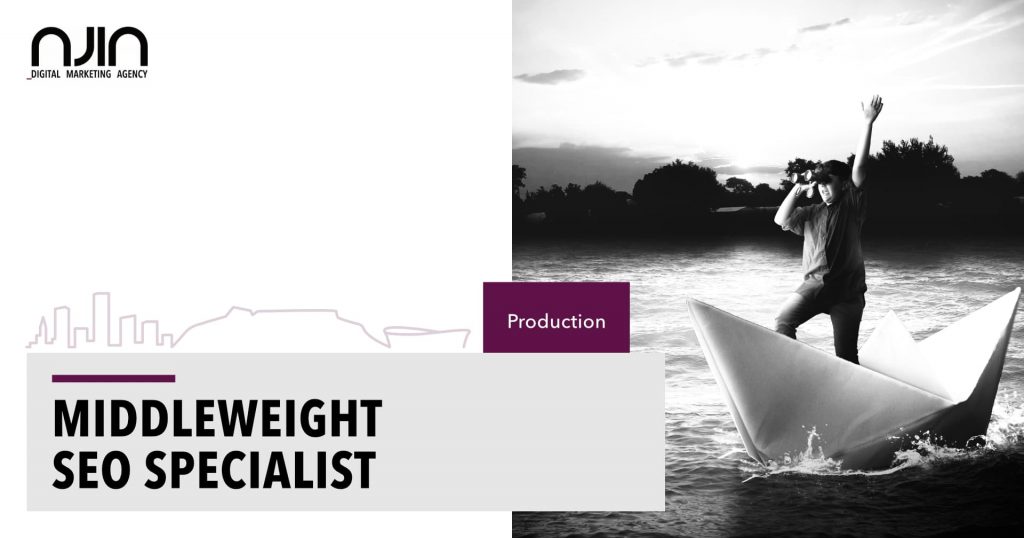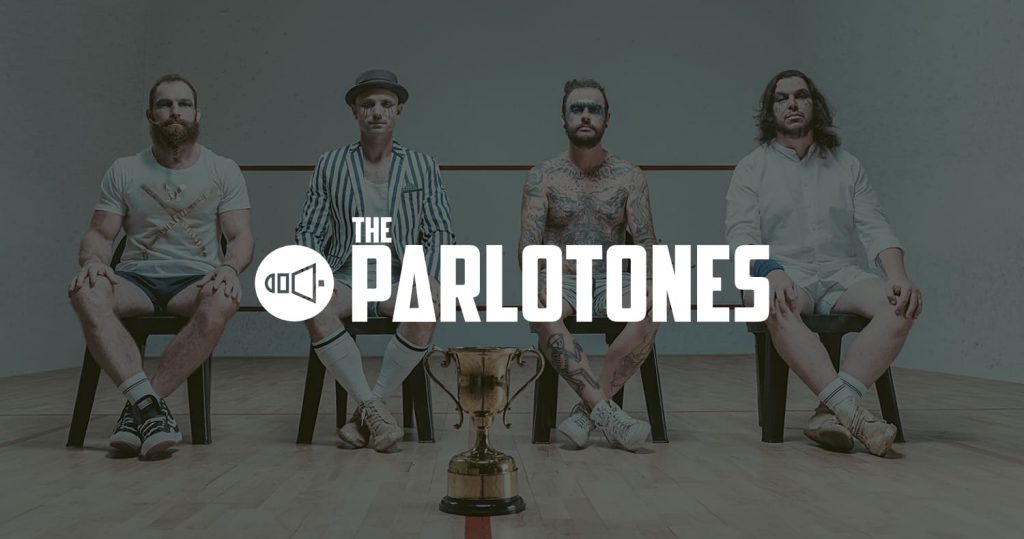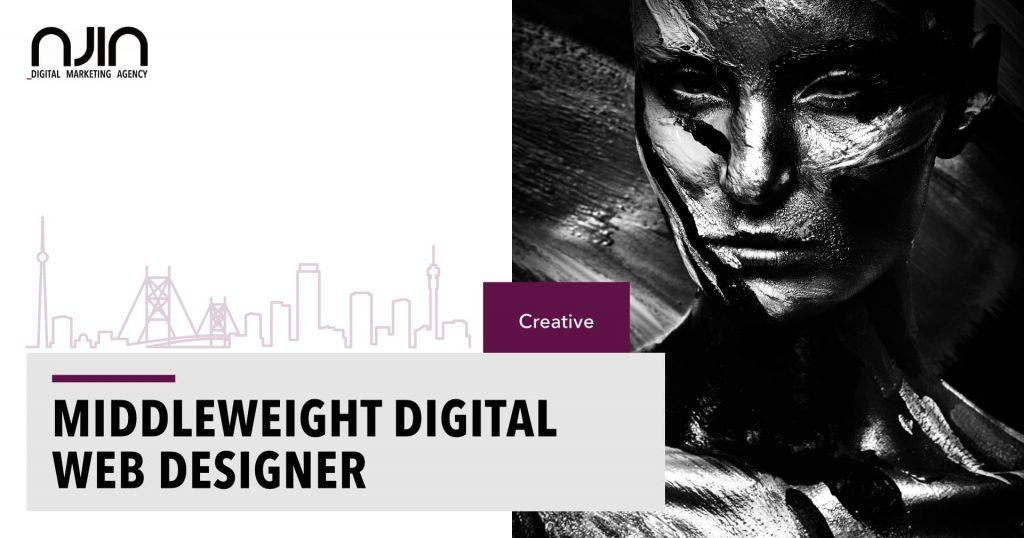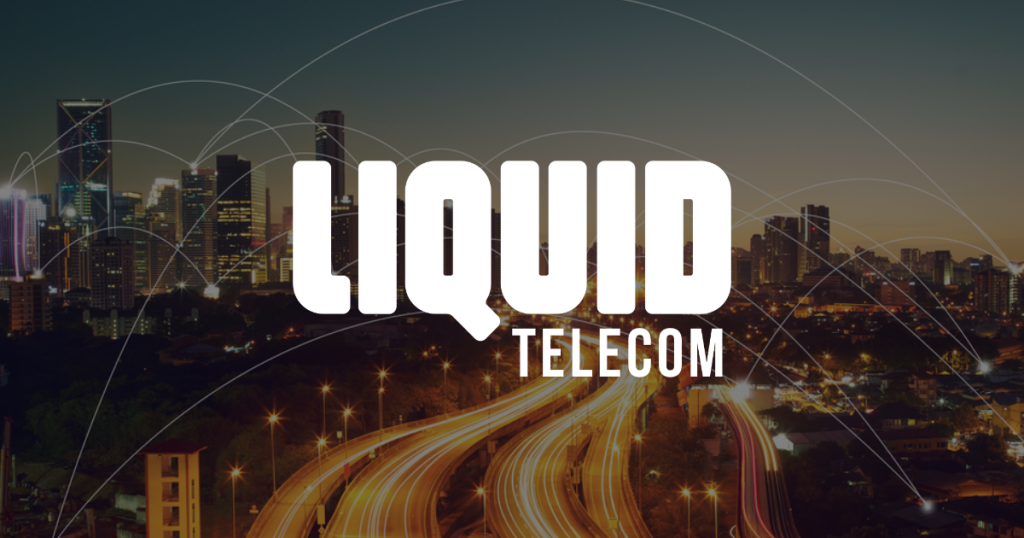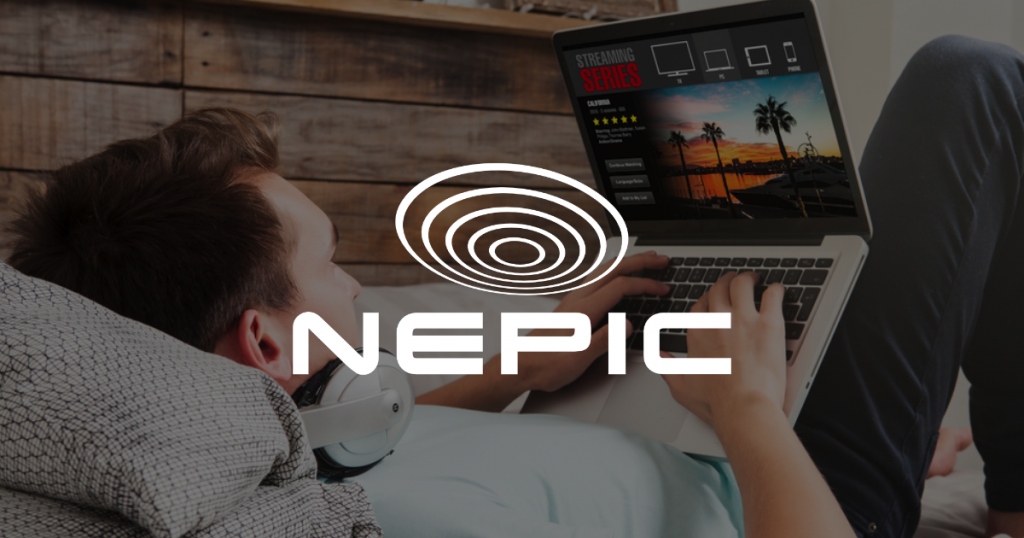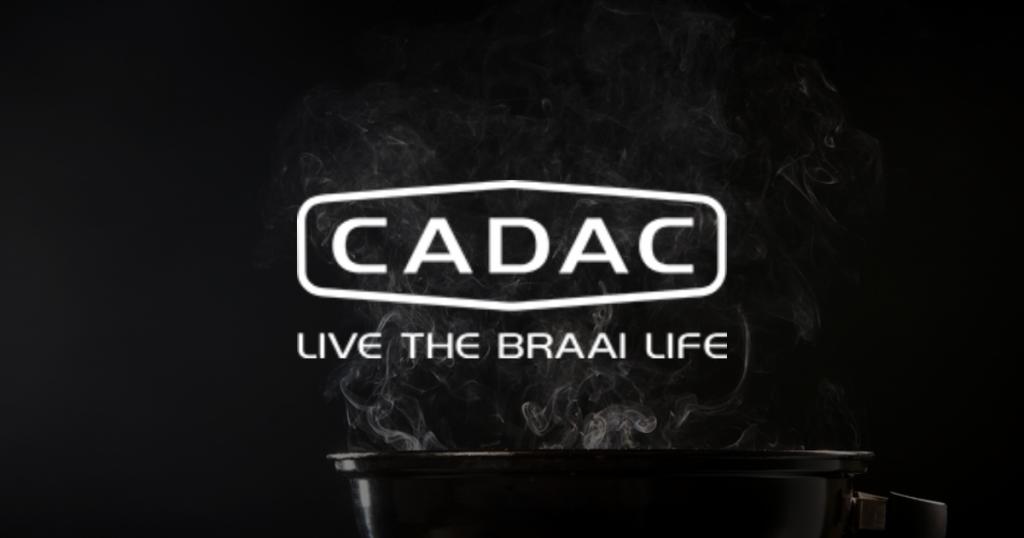Written by: Brandon Faber, Head of Agency
This is not a short blog. If your attention span at this time of the day sits somewhere between an Ouma Rusk and a soggy Zoo-cookie then please do come back later/copy the link & save it for later. It really only takes a few minutes to read so if you’re ready to leave your phone alone for a moment, please proceed.
. . .
It’s nothing new (in vs outsourcing) but, recently, we’ve noticed a fair spike in larger corporate companies taking their “agency-type” services in-house.
This is especially true on the media-buying side where recent RFPs seem to all contain a requirement for in-house training and/or staffing as the men, women or non-gender-specific suits look at building on-premise capabilities.
Managed-services is nothing new to the IT industry of course but it is growing quickly in the local ad-landscape – with many variants of it being applied as companies seek more agility, flexibility, control and other elements of this perceived silver-bulleted salvation-cocktail.
Nothing’s wrong with that ambition . . . but, and there’s always a butt in the way somewhere, it’s not all bronzed skin, mariachi bands and good tequila.
Trust me about the sunscreen
Damn, I’m old.
Anyone who quotes Baz Luhrmann lyrics in an article about marketing is probably over the hill but (and there’s that butt again) it does mean that I’ve had the opportunity to be exposed to various sides of our ever-evolving media, marketing and advertising world.
A quick background snapshot
I’ve been client-side for several years in the B2B space – outsourcing services to a number of different agencies. I’ve been part of an “in-house agency” (mainly in the online gaming industry) and then I’ve spent more than a few earth orbits on this side of the universe – watching clients come, go . . . come back – run off with their hair on fire and then return again, with snacks.
Long and the short of it there’s pain behind these eyes and therefore I can confidently comment about the pros and cons of bringing your agency services in-house.
Let’s go.

The three Cs of Insourcing
There are several reasons companies go down this path of in-house bliss but, in my opinion, it comes down to three things:
- Control
- Cost
- Culture
Control
To go the “official definition” route we need to look no further than this article in bizfluent, where the writer, Carol Finch, states: “If you keep a process, project or facility in house, you and your staff have complete control over it.”
And that’s great where culture is solid, employee engagement where it needs to be and your teams are known to kick names and take ass . . . but there aren’t that many companies around who can say that.
Control is also often directly related to “speed” or “turnaround time” and there, most definitely, you have to give it to in-house teams – no agency is likely to match their speed. Unless, of course, the agency team is on-premise as part of an “managed services” type model.
However, it’s probably worth remembering that not all fast food is good food.
Cost
Tough economic times always bring with it the strange phenomenon where companies cut marketing budgets. They do this because, in many organisations, marketing is seen as a cost-centre and not something that helps create business value.
- This perception is often down to there being no effective measuring tools available or clear strategy to follow – more about that in a future blog.
Point is, companies often believe that bringing the service in-house will save money when, in fact, building a capable team with the right type of skills, experience and knowledge to deliver the results you need will cost more than partnering with an agency that provides access to the talent pool for one, flat, fee – or whatever fee structure is agreed on, e.g. performance-based-marketing.
Says Ron Lieback, writing for Search Engine Journal, “. . . when I was heading content creation for a Fortune 500 company, the marketing department had 10 entry-level marketers earning $35,000 a year, that’s $350,000 yearly in (basic) salary – If the company was willing to outsource, a reputable agency would have costs around $10,000 to $15,000 monthly for multiples services, from content marketing to SEO to PR to paid search.”
It’s often not cheaper to insource.
Imagine the costs related to building a call-centre from scratch as opposed to having a third-party service provider – the same applies here and not just in monetary terms either.
Fact is that agency resources pool their backgrounds, expertise and insights from other or past engagements to drive better results, whereas you may not always get that type of benefit when keeping things tight and controlled around the water cooler.
Culture
Simple. You’re winning if you have a great culture and the right people to further evolve your business. You need people who believe in your brand, from secretary to CEO, that’s the type of business that goes from strength to strength; Apple under Jobs, Capitec under Fourie, Virgin under Branson – you get the picture.
The opposite is also true. If we have to be honest with ourselves, most companies experience periods where culture struggles to rise above the pressures of economy, politics and people being, well, people.
At those points team innovation, strategic thinking and cohesions tend to take a back seat to survival mode and that’s a potentially dangerous slippery slope of ill-conceived ideas.
The reality is that insourcing itself won’t do the trick. Parallel development of culture with an active employee engagement programme is needed to get the most out of those resources – otherwise you really are just adding bodies.
Five insourcing architypes – what’s your flavour?
There are various ways to collaborate with agencies where, pending your business strategy, you can get the most out of your in-house team and agency roster collaboration.
Andy Pearch, writing for Econsultancy.com, breaks the five architypes down as follows;
- Committed Outsourcers: Companies which do not have the business need, resource, appetite or capability to consider insourcing.
- Natural Collaborators: Organisations which have customer data assets but not the resources, capability or culture to be self-reliant. They nurture strong agency relationships and use co-location and co-ownership as a way to learn, see and feel media technology in a safe, collaborative environment to gain agility.
- Elective Collaborators: These are typically D2C (Direct-to-Consumer) businesses which have the resources, capability and confidence to insource but choose a hybrid, collaborative agency relationship model. They see great value from agency collaboration and insource selectively while encouraging their agencies to lead on strategy, innovation and execution.
- Adaptive Insourcers: Likely to be large global organisations with significant marketing spend and human resources, which are on a marketing transformation mission. Their aim is to restructure, repurpose and retrain internal teams to reduce reliance on their agency roster, absorbing agency specialisms to become more customer-centric, agile and lean.
- Natural Insourcers: These contemporary businesses are D2C, data-driven and highly centralised, serving their customers primarily online. Brands in financial services and travel sectors are most likely to be Natural Insourcers as they have the technical and data management expertise to in-house biddable media and to serve dynamic content.
When it comes to natural insourcers we’ve also come to understand that, in reality, those companies have their in-house teams but still have agencies that specialise in data-analysis and optimal use of platforms like GMP (Google Marketing Platform) for Enterprise to help guide their marketing efforts.
The reality is that specialisation at the top level is not your average grilled cheese sandwich and finding the right mix of chefs, cooks, front-of-house managers and servers to deliver the gourmet meal experience your clients expect is not that easy – certainly less so in times like these.

My experience?
Having used agencies client side, I am well aware of the types of frustrations that lead to “just bring it in-house” type executions. Agencies (especially historically so) are guilty of a lack of investment in understanding a client’s product/service offering and therefore they sometimes struggle to deliver insights (and results) of real value.
Let me also state that, quite often, that is due to a communication and / or collaboration problem between client and agency because, let’s be honest, nobody knows more about their business than the client and if the communication is not clear and the goals are muddy – you are bound to get a disjointed client-agency experience that fails to meet expectation.
Conclusion
Success boils down to our investment in each other – in whatever shape of form makes sense.
There is no 100% right or wrong agency engagement. It has to fit with organisational goals and budgets – and that’s true for all parties in the mix.
What is 100% true is that real success or progress will only blossom in an atmosphere of truth, transparency, immersive strategies, clear objectives and a commitment to #NO_BS.
If we can’t get that right it doesn’t matter how marketing is executed and who the chefs are – it will head for the rubbish bin – and it will do so, quickly.



